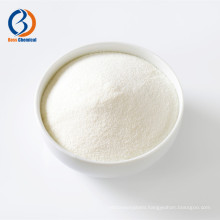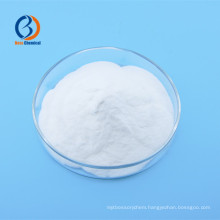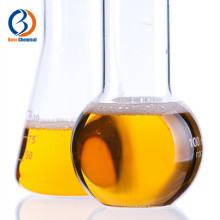Surfactant surfactants that can be used for emulsion polymerization, washing, and after use can be used in many different applications based on their various functions, but residual surfactants can also cause drawbacks in some applications. In view of this, the Osaka City Industrial Research Institute in Japan has developed nonionic and anionic surfactants that can be decomposed by simple chemical treatments to lose their surface activity. PP flame-retardant masterbatch These surfactants can be used for emulsification polymerization and washing the same as general surfactants. After use, they can be easily decomposed by treatment with dilute hydrochloric acid. The practical application of these surfactants involves the supply of linear alkyl ketones as a raw material for synthesis, but this problem may be solved.
Emulsification polymerization is simple, suitable for the polymerization of many different monomers, but requires a large amount of surfactants (alkyl benzene sulphonates, etc.) as emulsifiers. The resulting Polymer still contains a large amount of metal (sodium) even if it is fully washed with water. Etc.) The resulting polymer is not suitable for use as an electronic material even if it is purified using a solidification method and a water wash method. In addition, the use of a nonionic surfactant for emulsification polymerization of the resin manhole cover tends to cause poor polymerization stability. In addition, although the use of a polymerization-reactive surfactant does not leave a surfactant, the hydrophilic group of the polymerized surfactant remains in the polymer, resulting in poor water resistance of the polymer.
Such surfactants are derivatives of dioxolane-containing compounds synthesized with aldehydes or ketones having long chain alkyl groups and glycerol. When an aldehyde is used, a six-membered ring is generated in addition to a five-membered ring, and the decomposability is somewhat poor, and it is preferable to use a ketone. This derivative is added with ethylene Oxide to form a nonionic surfactant. Sulfonic acid is sulfonated with butyl sultone or sulfated with sulfamic acid to produce an anionic surfactant.








